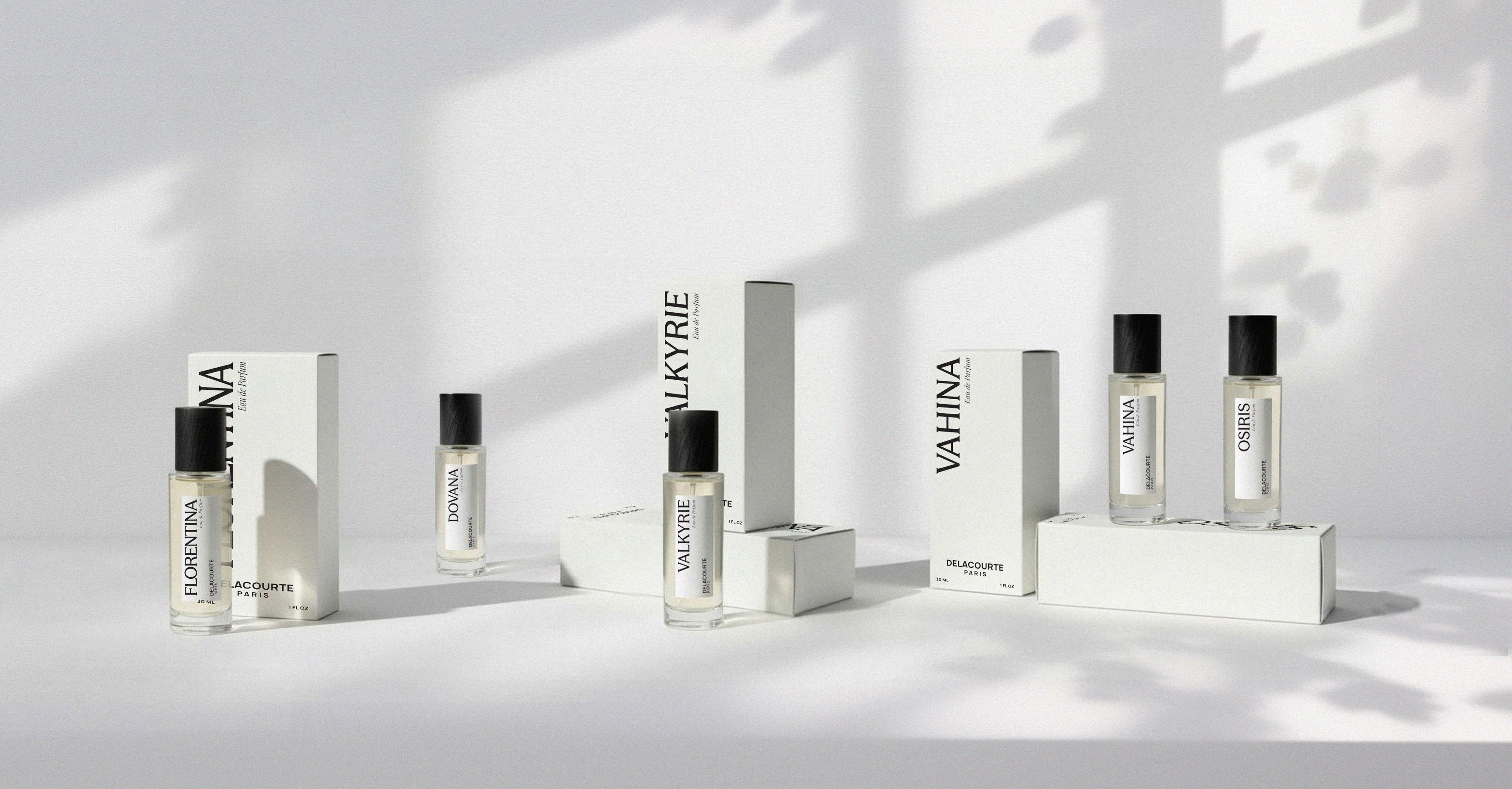Perfume Layering: Your Guide to Creating a Unique and Customized Scent Trail
Discover everything you need to know about perfume layering—the art of combining fragrances to create a scent that’s uniquely yours. Not to be confused with cosmetic layering, this technique allows you to craft a custom olfactory signature.
What Is Perfume Layering? (Definition and Origin)
Derived from the English word layer, this technique involves superimposing multiple perfumes to create a personal scent trail. It’s a creative way to build a bespoke fragrance without the cost of a custom perfume consultation.
Perfume enthusiasts love this practice, although some Western perfumers oppose the idea of mixing an artistic creation with another. Still, this technique has deep cultural roots and is widely embraced in the Middle East, where combining fragrances is a long-standing tradition.
Layering Techniques: Boosting Longevity and Sillage
Layering is also popular in skincare routines (known in Japan and Korea). In perfumery, layering can take different forms, primarily aimed at increasing longevity and customizing the sillage:
- Combining Matching Scented Products: Shower gel, body lotion, deodorant, and perfume from the same line. This is the simplest way to maximize hold.
- Playing with Concentrations: Applying perfume extract on skin, and a lighter concentration like eau de parfum or eau de toilette on clothing.
(See also: How to Apply Perfume)
Layering in Middle Eastern Culture
In the Middle East, layering is a daily ritual. Women apply musk-scented creams (see musk facet), followed by fragrances rich in noble ingredients. A burning ritual called bakhour—based on oud and resins—is often performed before finishing with a Western perfume.
Men also layer boldly, often using so-called feminine scents to create powerful, mysterious trails. Oud, leather, saffron, and rose are key ingredients. (See also: Floral Family)
Tips for Successful Perfume Layering (Avoiding Cacophony)
There are no strict rules, but these recommendations help ensure harmony and prevent clashing scents:
- Test Your Combinations: Always test your pairings on a blotter or a patch of skin beforehand.
- Limit Complexity: Avoid mixing two very strong or complex fragrances (e.g., two heavy chypres). Stick to a maximum of two perfumes.
- Apply Strongest First: Apply the strongest scent first. This allows the lighter fragrance to anchor itself onto the powerful base.
- Know Your Notes: A well-matched fragrance should reflect your personal olfactory memory.
Inspiration: Ideas for Scent Pairings and Combos
Layering is a creative playground for fragrance lovers. Here are some basic concepts and pairings that surprised us in the best way:
- Vanilla and Spice: Rich vanilla with spicy notes (Spicy facet, Gourmand facet).
- Fruity and Floral: Fruity accords blended with floral compositions (Floral family).
- Enhancing Base: Boosting a sweet oriental with extra vanilla or enhancing personality with patchouli or a touch of oud.
- Lightening Up: Softening dense perfumes with eau de Cologne or a delicate musk like Dovana.
- Classic Pairings: Shalimar + Musc Ravageur, Ambre Sultan + Un Bois Vanille, Eau Sauvage + Diorella.
Explore further with these articles: Create Your Own Perfume and How to Test Perfume.
Conclusion: Follow Your Nose
Trust your instincts, explore freely, and don’t hesitate to share your favorite combinations with us! With Delacourte Paris perfumes, you can soften a bold scent with the airy, musky whisper of Dovana.
